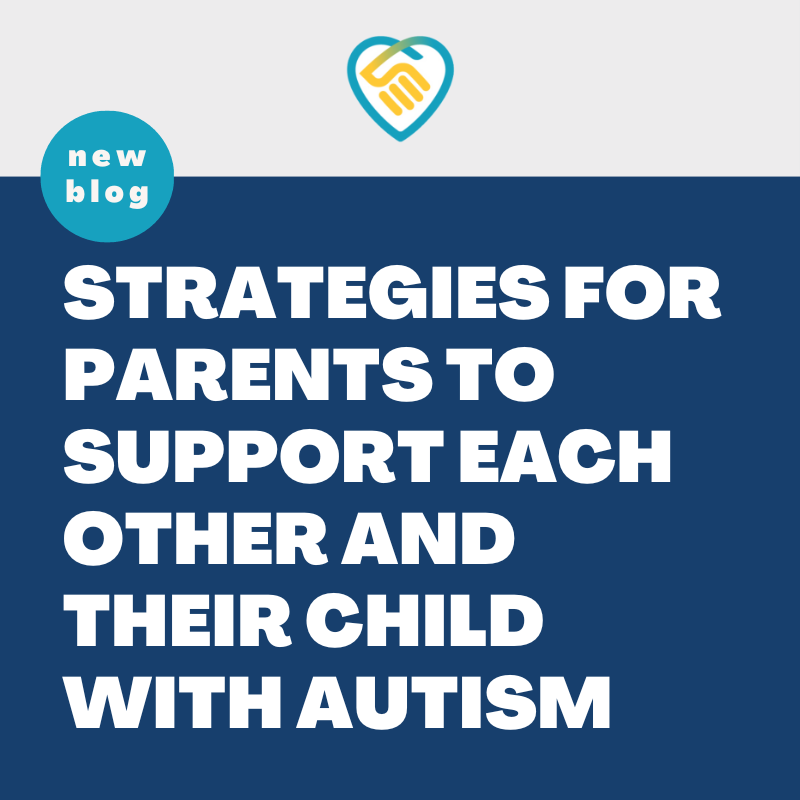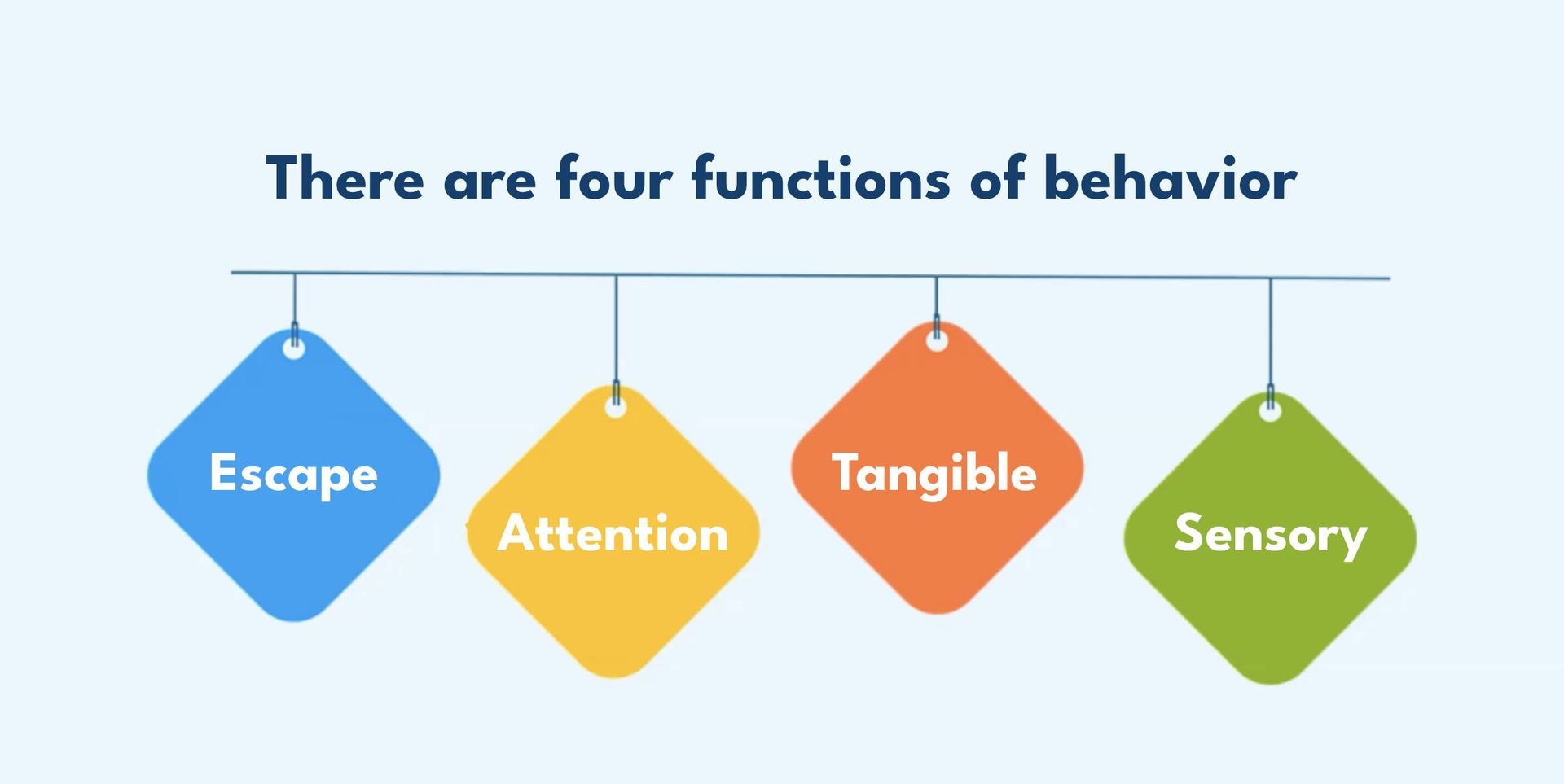When a child is having problem behaviors it can be a significant challenge for parents and families.
Problem behaviors often show up in a variety of forms such as aggression, tantrums, noncompliance, and more.
You might think “What could I have done to stop it?” or “How should I react in a way that will lead to improvement over time?”
Below are a few strategies that may help to prevent the behavior from occurring and some tips for responding to the behavior when it has already occurred.
5 Strategies
1.Increase Recognition for Good Behavior
We all enjoy knowing when we are doing things well and this is often overlooked.
Increasing praise and rewards for good behavior is important. It is often tempting to ignore when your child is engaging in good behavior because generally that means they are doing what you expect them to do, and it may not occur to you to show your appreciation.
However, if your child learns that doing what they are expected to do results in being largely ignored, while misbehaving results in getting more of your attention (even if the attention comes in the form of scolding), your child will learn that when they want your attention, it is more efficient or more effective to misbehave compared to doing what you expect.
The rule you should follow is to
“catch them being good.”
Reinforcement can include:
- iPad time
- TV time
- Playing with toys
- one on one attention from parents
- Playing outside
Providing this “reward” connects an appropriate behavior to the reinforcement and the praise that you give your child.
Anyone can provide reinforcement to the child; it just needs to be something that is meaningful to the child.
When providing praise to your child, it is important that the praise is specific to what you like that your child did.
For example, if your child does a good job playing with their sibling and you want to provide praise, saying
“nice job playing so well with your brother” will let your child know exactly what you liked them doing.
2. Remain Calm
3. Provide Choices
Everyone makes choices in almost everything they do.
In day-to-day life we make choices about what we are going to eat for dinner, the time we are going to wake up, and the movie we are going to watch.
Research and experience tells us that children find the option to make choices for themselves very rewarding. In fact, many problem behaviors can be said to have their source in limited options.
When a child feels they have lost control over their environment, what happens in their day, or what they get to do, this can often trigger outbursts.
There are a great deal of opportunities to provide options during the course of a day. For example, when you are asking your child to do a chore like picking up their toys, there are still options that can be provided.
You could ask your child
“Do you want to pick up the toys in your bedroom or the toys in the living room first?” This gives the child the power to choose and exert some control over their activities.
Another possibility is that it provides choices for what the child is going to work for if you have established a reward system.
An example of this is asking
“Do you want to work for iPad time or TV time?” when asking your child to pick up their toys.
Even during leisure or play time, you can provide choices such as
“Do you want to play with your cars or your blocks?” As children feel like they have more control and choice, they may become less likely to lash out because of a sense of powerlessness.
4. Create a Routine or Schedule
Transitioning from one activity to another is something that can be difficult for a lot of kids.
Many children with autism rely on routines to keep their environment feeling safe and predictable. Routines help establish expectations for a child so that they know when they are expected to transition without surprise.
However, sometimes things happen where our routine can’t be the same every day such as going grocery shopping, going to the doctor, having visitors, etc.
One way that we can maintain the expectations and routine for children is by using visual schedules.
A visual schedule is used t visually present what is coming up in the future for the day.
This can be done using:
- Photographs
- Drawings
- Symbols
For example, having an icon showing that it is time to wake up, followed by a bathroom icon showing it is time to use the restroom, followed by a shower icon showing that it is time to shower could be a good visual schedule for a child’s morning routine.
This helps make sure that the child can see what is coming up next and keeps it so the day can be predictable. It is also important to give praise and reinforcement when children are flexible with their routines!
5. Remain Consistent
Having a routine and a schedule shows how important consistency is for children. But routine isn’t the only way of providing consistency to help prevent problem behaviors. Setting clear expectations and verbally clarifying expectations will help.
For example, if you say to your child “pick up your toys” they might go watch TV and pick up their toys after. Saying “First pick your toys up, then you can watch TV.”
Being consistent with the way you respond to problem behavior is important as well. If you respond one way during a day and then respond differently the next, it could lead to confusion and unclear expectations from your child.
Dealing with problem behaviors can be a very difficult thing for parents and family members to handle. Remaining calm and maintaining consistent expectations are important things that can be done during a problem behavior. Providing reinforcement for appropriate behaviors, having a routine, and creating a schedule are all strategies that we can do to help prevent the problem behaviors from occurring.
In Conclusion
These are some basic tips that have been shown to work with some children under some circumstances. Ultimately, knowing the root causes of your child’s problem behaviors is the best way to know how to address them.
If you find that your child continues to struggle with behaviors, you are encouraged to
reach out to a professional, such as a BCBA, who has experience implementing assessments of problem behaviors and designing individualized plans to address them.











